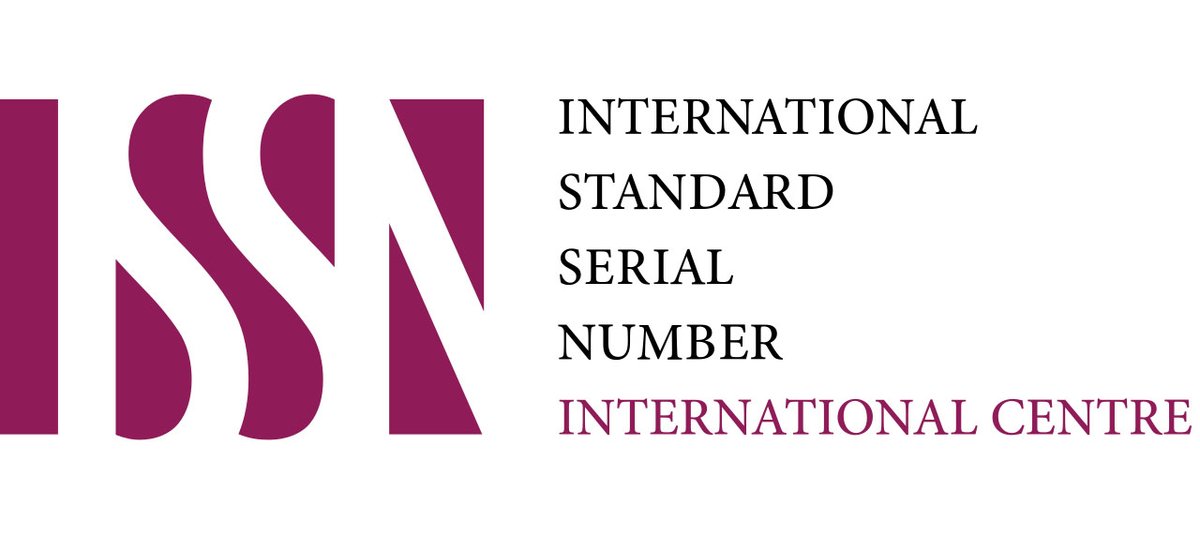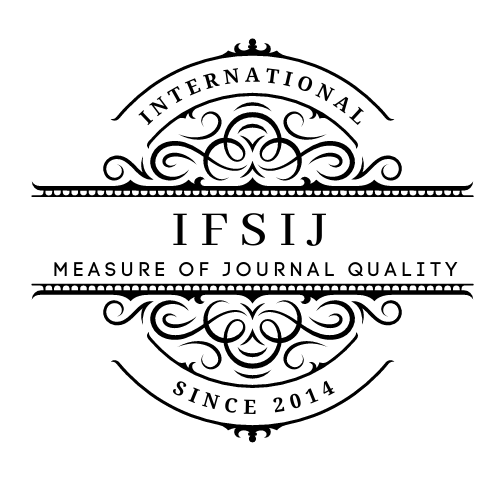DIFFERENTIAL DIAGNOSIS OF JAUNDICE LITERATURE REVIEW
Keywords:
jaundice, pathogenesis, differential diagnosis of obstructive jaundice, indicators of homeostasis, endogenous intoxication, hemostasis.Abstract
The article describes the characteristics of jaundice, the causes that cause it, and outlines the issues of differential diagnosis. The emphasis is placed on the fact that when carrying out differential diagnosis of jaundice, it is important to determine whether jaundice belongs to one group or another, and then carry out diagnosis within the group. The functional state of the liver was assessed based on the results of biochemical blood tests. It was revealed that with obstructive jaundice, against the background of lipid metabolism disorders and endogenous intoxication, there is an increase in viscosity and aggregation ability of erythrocytes, a decrease in their deformability, coagulation potential and an increase in fibrinolytic activity of the blood. An increase in fibrinolytic activity of the blood indicates the risk of bleeding in the postoperative period, and a decrease indicates thrombotic complications. All these changes are more pronounced in patients of the second group with prolonged obstructive jaundice, when, along with cholestatic processes, cytolytic processes develop and progress. Therefore, in terms of preventing detected disorders and their timely treatment, it is of great importance to identify hidden mechanisms for the development of complications using laboratory studies.
Downloads
Published
How to Cite
Issue
Section
License

This work is licensed under a Creative Commons Attribution-NonCommercial-NoDerivatives 4.0 International License.















